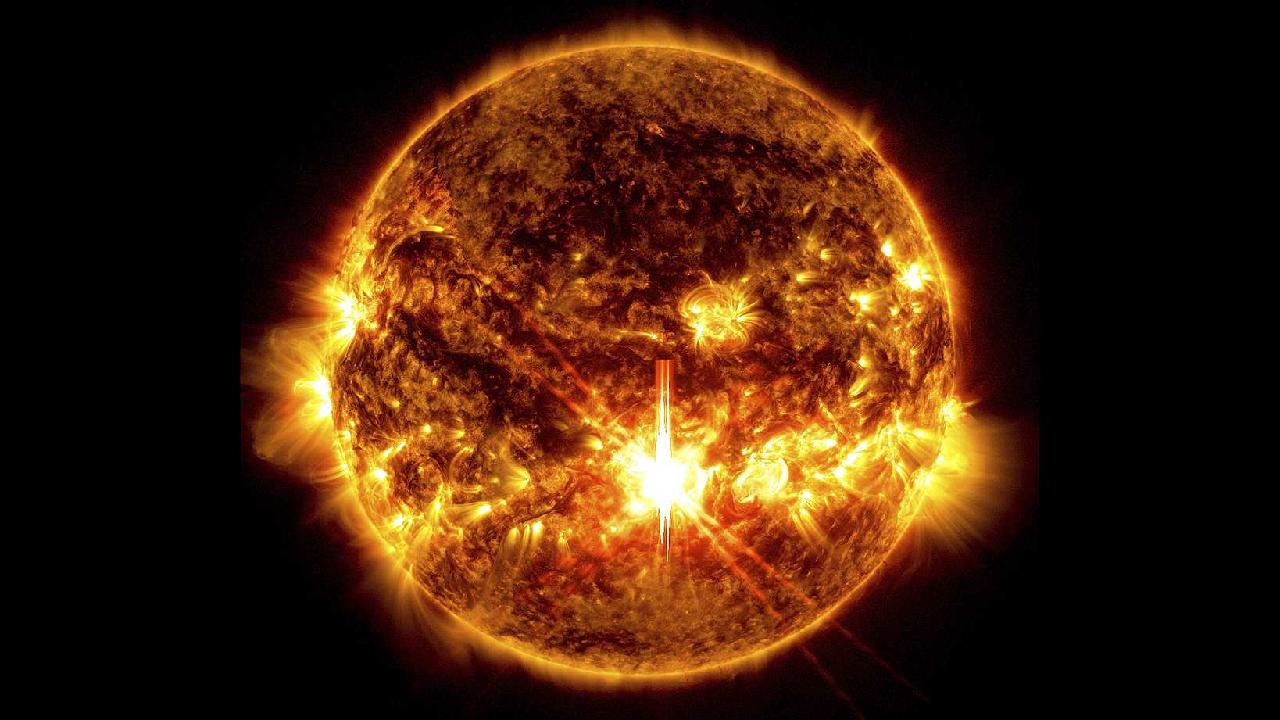U.S. predicts intense solar storm beginning Thursday
A significant plasma ball along with its magnetic field, expelled from the sun, is anticipated to hit Earth on Thursday morning. This event may lead to the appearance of auroras as far south as Alabama, as reported by U.S. forecasters.

This event coincides with the sun nearing, or possibly reaching, the peak of its 11-year cycle characterized by increased activity.
In May, the planet experienced its strongest geomagnetic storms in two decades, creating vibrant displays across the night skies in areas distant from the poles.
"The current anticipation is that it is going to arrive tomorrow morning to midday, Eastern time, and perhaps continue on into the following day," Shawn Dahl of the Space Weather Prediction Center shared at a briefing on Wednesday.
As the coronal mass ejection moves through space at a speed of 4 million kilometers an hour, the agency has issued a level 4 geomagnetic storm watch.
This is one level below the extreme G5 category, which was observed in May, though the final impact could range from below to above G4.
More accurate predictions cannot be made until approximately 15-30 minutes before the impact, when the event crosses tracking satellites located about a million miles from Earth.
Dahl noted that the Federal Emergency Management Agency, which is currently managing the aftermath of Hurricane Helene alongside the looming Hurricane Milton, has been notified, along with companies managing the North American power grid, to enable them to take precautionary measures if needed.
When coronal mass ejections strike Earth's magnetosphere, they can lead to geomagnetic storms.
These storms have the potential to disrupt satellites in orbit and impact radio signals as well as GPS positioning systems.
They can also compromise electrical grids; for instance, the "Halloween Storms" of October 2003 caused blackouts in Sweden and inflicted damage on power infrastructure in South Africa.
Dahl indicated that the storms in May disrupted precision GPS systems used by U.S. farmers in the Midwest and caused some high-voltage transformers to trip, though there was no large-scale disruption to the power grid.
Additionally, around 5,000 satellites needed corrections to their orbits, as the storm inflates the ionosphere, resulting in slowed movements that could lead to deorbiting.
For those situated in favorable latitudes—potentially reaching as far south as northern California or Alabama—auroras are most likely to be seen away from city lights in areas with the darkest skies, according to experts.
People are encouraged to utilize their cameras or phones to capture images, as modern digital photography can often detect auroras that may not be visible to the naked eye.
Ian Smith for TROIB News
Discover more Science and Technology news updates in TROIB Sci-Tech












